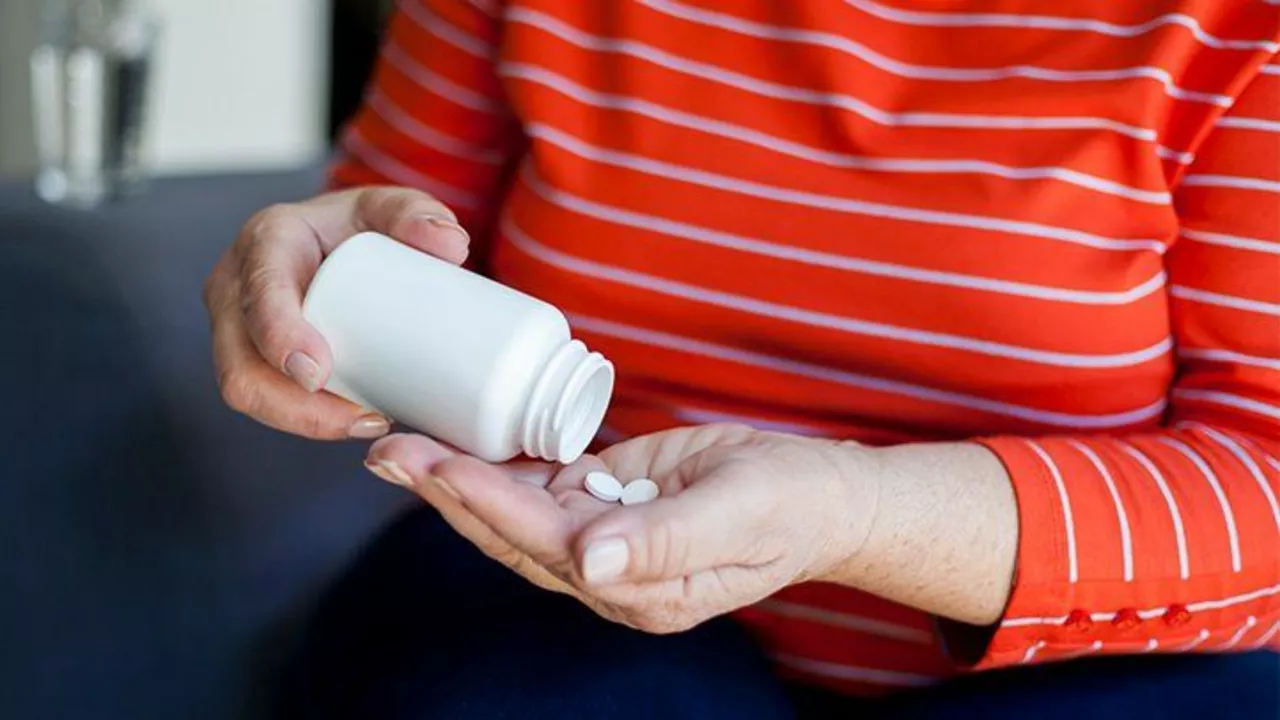Struggling to keep track of prescriptions, over‑the‑counter drugs, and supplements? You’re not alone. A clear system stops missed doses, avoids dangerous mixes, and saves money. Below are concrete, easy actions you can use today—whether you take one pill or ten.
Make a master medication list: include drug name, dose, why you take it, when you take it, prescribing doctor, and any allergies. Keep a paper copy in your wallet and a digital copy on your phone. Apps or simple photos of pill bottles work fine.
Use one pharmacy when possible. A single record helps pharmacists spot drug interactions and duplicate therapy. If you must switch, tell the new pharmacy about all medicines and supplements you take.
Organize doses: a weekly pill organizer or blister packs from your pharmacy reduces mistakes. Set alarms on your phone or use calendar reminders. For complex regimens, take medicines with meals or at the same time each day to make them stick.
Store medicines properly: keep them in a cool, dry place away from humidity (avoid the bathroom). Check expiry dates twice a year and use local take‑back programs to dispose of old meds safely.
If you buy prescription drugs online, check these things before you order: the site uses HTTPS; it lists a physical address and phone number; it offers a way to contact a licensed pharmacist; it requires a prescription for prescription drugs; and it shows clear shipping and refund policies. If the price looks unrealistically low, that’s a red flag.
Look for independent verification like PharmacyChecker or a recognized national regulator. Read recent customer reviews, but focus on verified buyers. Never buy controlled or high‑risk drugs from a site that won’t ask for a doctor’s prescription.
When packages arrive, inspect seals and labels. If a medicine looks different (color, shape, or smell) contact the pharmacy and your prescriber before using it.
Talk to your healthcare team regularly. Ask about side effects that matter to you—drowsiness, balance problems, digestion issues—and whether any drug can be stopped or reduced. If you take multiple drugs, schedule a medication review yearly or after any hospital visit.
Watch for warning signs that need urgent care: sudden breathing trouble, severe rash, fainting, sudden confusion, or chest pain. For less urgent issues—new nausea, mild dizziness, or minor rash—call your pharmacist or doctor for guidance.
Small steps add up. Keep that master list updated, use one trusted pharmacy, set alarms, and ask questions. Managing meds isn’t glamorous, but staying organized keeps you safer, clearer, and less stressed. For more guides and detailed how‑tos, browse our articles on CanadianMedCenter.com: clear, practical help for everyday medication choices.

In my latest blog post, I discussed how to manage Cabergoline withdrawal symptoms effectively. I found that gradually tapering off the medication, rather than stopping abruptly, can help reduce the severity of withdrawal symptoms. It's also important to maintain open communication with your healthcare provider throughout the process, as they can offer valuable advice and support. Additionally, staying hydrated and practicing relaxation techniques can help alleviate some of the physical and emotional discomfort during this challenging time. Overall, patience and self-care are key factors in managing Cabergoline withdrawal symptoms.
View more